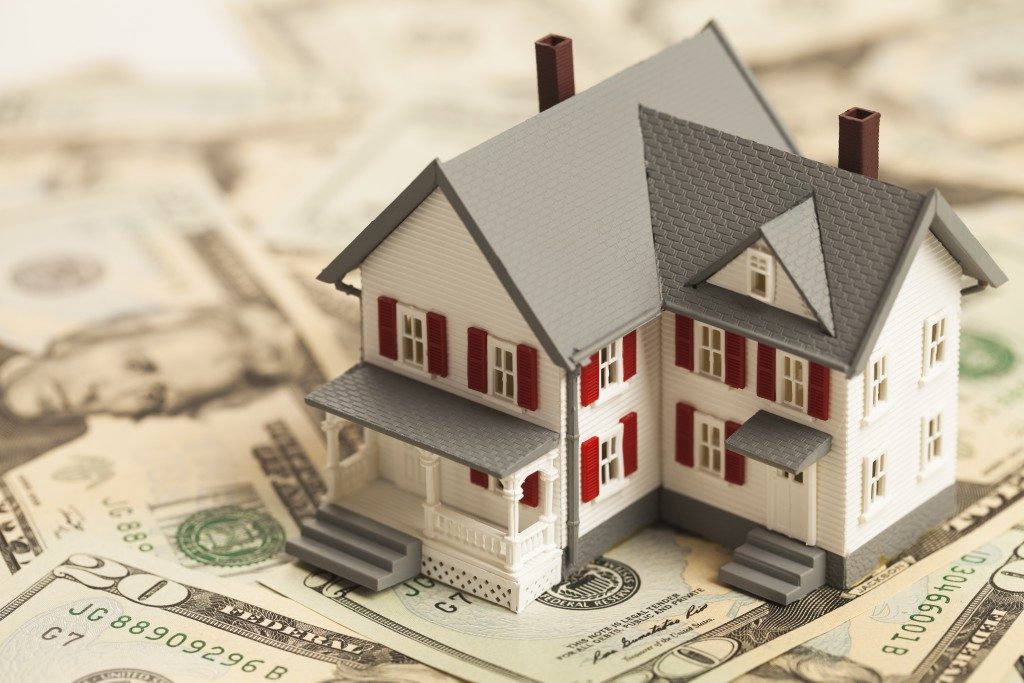While house hunting or shopping for your first home is an exciting process, this is not what home buying is only about. As the purchase involves spending a significant amount of money, you need to learn more about the financing aspect of the process, which is applying for and getting a mortgage. Doing so prepares you better, which will then help you save time, money, and headaches in the future.
The most important step
Looking at potential houses may be fun and exciting, but this can set you up for heartbreaks and disappointments if you later found that you couldn’t afford the one you want. This is why it best to get a preapproval first, which involves checking of your credit and finances to determine how much house you can afford. This also gives you an edge when making an offer, as it shows that you’re a serious buyer.
Quick tip: Mortgage lenders in Tempe note that the figure indicated on your preapproval letter is the maximum amount of money the lender is willing to let you borrow. Set your budget below that amount, so you can comfortably afford the monthly payments and maintain a reasonable standard of living.
Mind the upfront payments
A down payment is one of the things you need to pay upfront to obtain a home loan. The ideal amount is 20% of the purchase price, but there also loan programs that allow an initial payment of 3% to 5%. It is up to you how much you want to put down, but it is advisable not make the lowest amount available. Strive for at least 10% (or 15% if you can), so you won’t have to wait so long to build equity.
Quick tip: Down payment is not the only thing you have to pay upfront when buying a house. You also have to pay for closing costs, title insurance, transfer taxes, and others. Ask your lender about these expenses, so you can prepare for them in advance.
Paying for PMI

If your down payment is less than 20% of the house’s purchase price, you will have to pay private mortgage insurance (PMI) in a conventional loan. For government-backed loans like FHA, this also exists in the form of insurance premium. This is an added cost on top your monthly mortgage, so you need to consider this when setting a budget.
Quick tip: PMI may be an extra cost, but this is not entirely a bad thing at all. This is because it allows you to buy a home even without a 20% down payment. You can also eliminate this payment once you own at least 20% equity or any other requirement set by the lender.
The real deal with ARMs
Adjustable-rate mortgages (ARMs) are a great alternative to a fixed-rate mortgage, as they commonly have a lower initial rate. This means lower payments, allowing you to purchase a home that you couldn’t afford with a fixed-rate loan. Moreover, when the rates decrease, you won’t have to refinance just to make the most of them.
Quick tip: ARMs do come with a risk, especially if the market trends skyrockets after you get the loan. When this happens, your rates and monthly payments will both increase. If you’re not willing to take this risk, it is best to settle with a fixed-rate loan, which is a virtually risk-free option.
It pays to be an informed buyer and borrower. It is also advisable to do your homework and get in touch with a reliable lender to learn more about the process of getting a mortgage.

